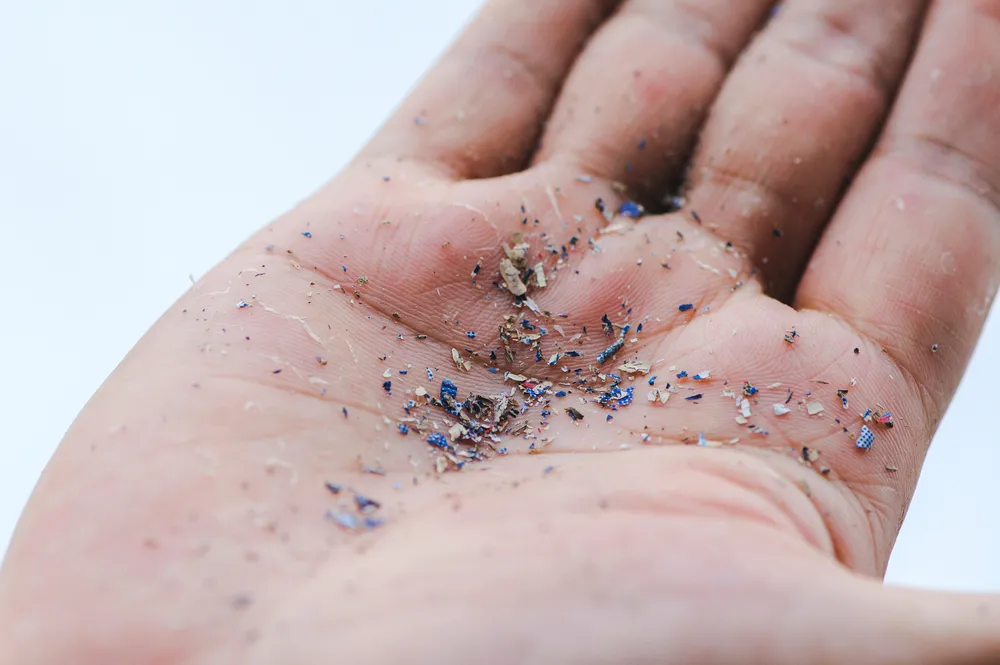Microplastics have been detected in the human heart and its inner tissues for the first time, marking a significant milestone in understanding the extent of plastic pollution’s reach into human physiology.
In a pioneering study conducted at Beijing Anzhen Hospital in China, researchers collected cardiac tissue samples from 15 patients undergoing heart surgery, alongside pre- and post-operative blood samples.
Using advanced imaging techniques, the team identified “tens to thousands of individual microplastic pieces in most tissue samples,” as detailed in a press release.
While surgical procedures introduced some microplastics, evidence indicated that these foreign particles were already embedded in the tissues prior to the operation.
Blood samples, both pre- and post-surgery, contained microplastics, with post-surgery samples revealing smaller particles and a broader array of plastic types, suggesting additional introduction during surgery.
Among the tissue samples, researchers identified nine types of plastic in five types of heart tissue.

Certain microplastics, notably poly(methyl methacrylate) used in shatter-resistant applications, were found in the left atrial appendage, epicardial adipose tissue, and pericardial adipose tissue, indicating pre-existing presence unrelated to surgical exposure.
The plastic types detected included polyethylene terephthalate, common in textiles and food containers, and polyvinyl chloride, ubiquitous in construction materials.
“The detection of in vivo MPs [microplastics] is alarming, and more studies are necessary to investigate how the MPs enter the cardiac tissues and the potential effects of MPs on long-term prognosis after cardiac surgery,” the researchers emphasized.
Microplastics have pervaded Earth’s environment, from polar ice caps to human digestive systems, with evidence suggesting their presence in various organs, including human placentas.
The impact on human health remains under scrutiny, with emerging evidence suggesting potential harmful effects, despite ongoing debate.
The prevalence of microplastics underscores the profound environmental impact of plastics, which have only been widely produced for less than a century.
